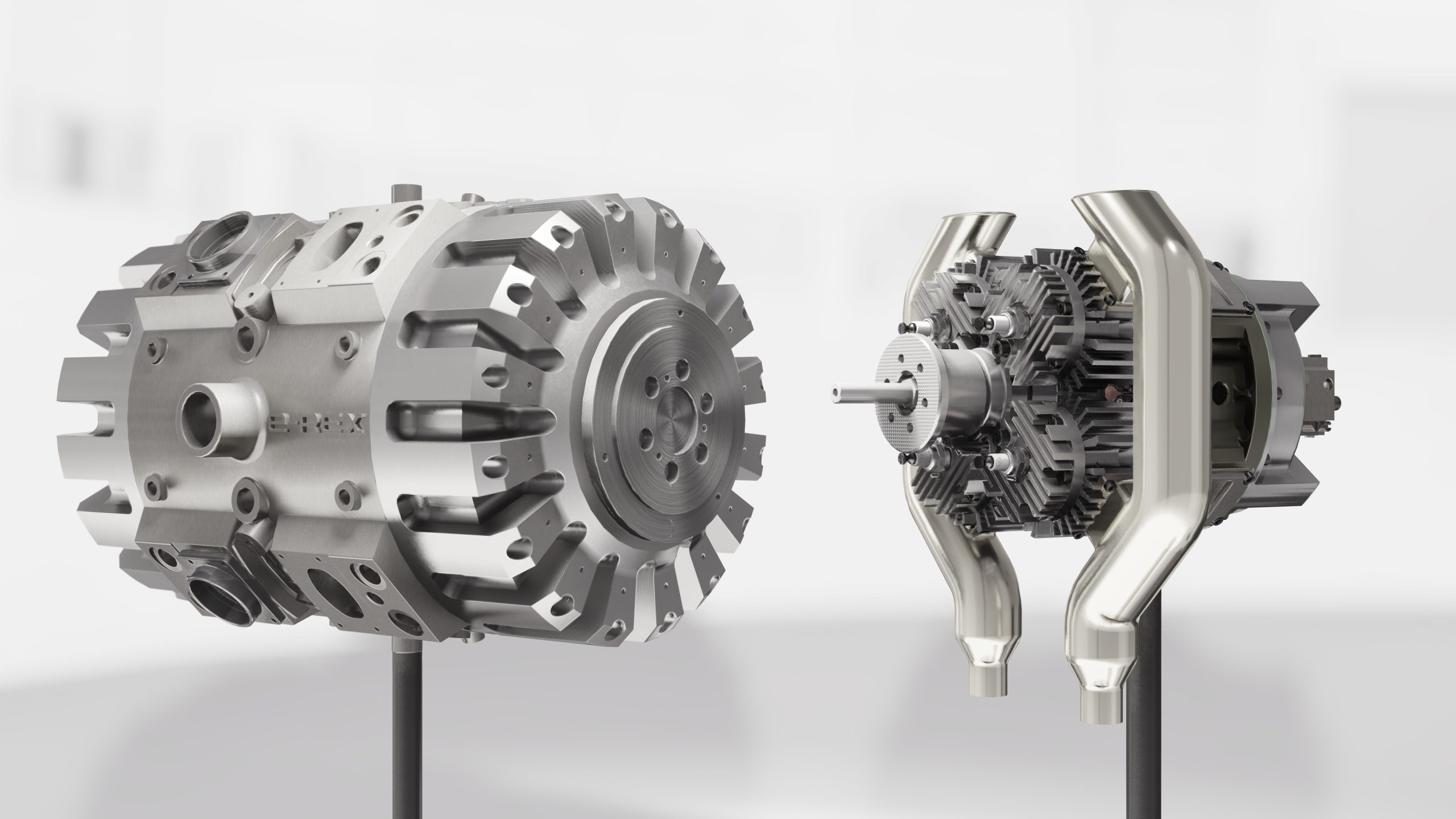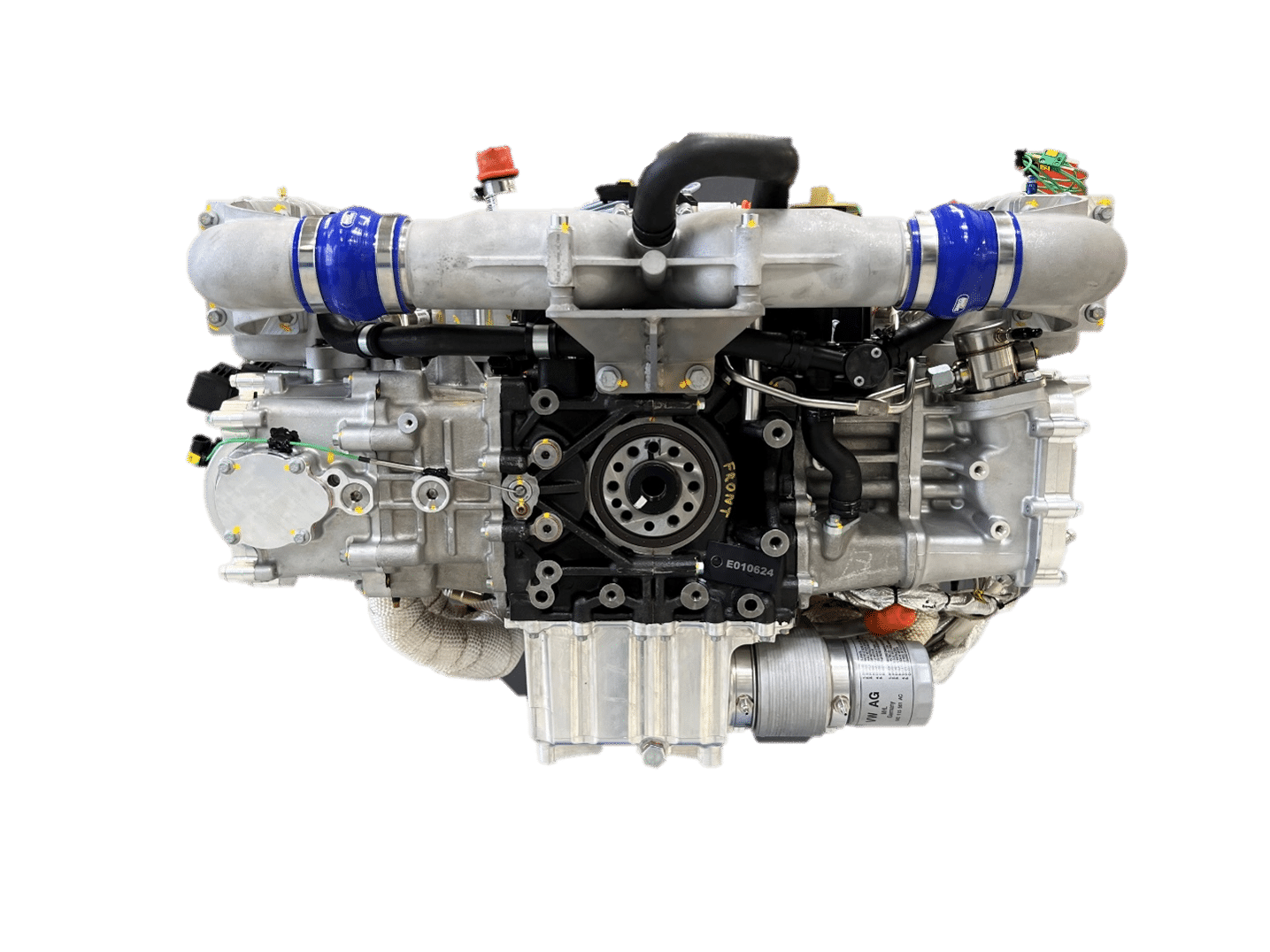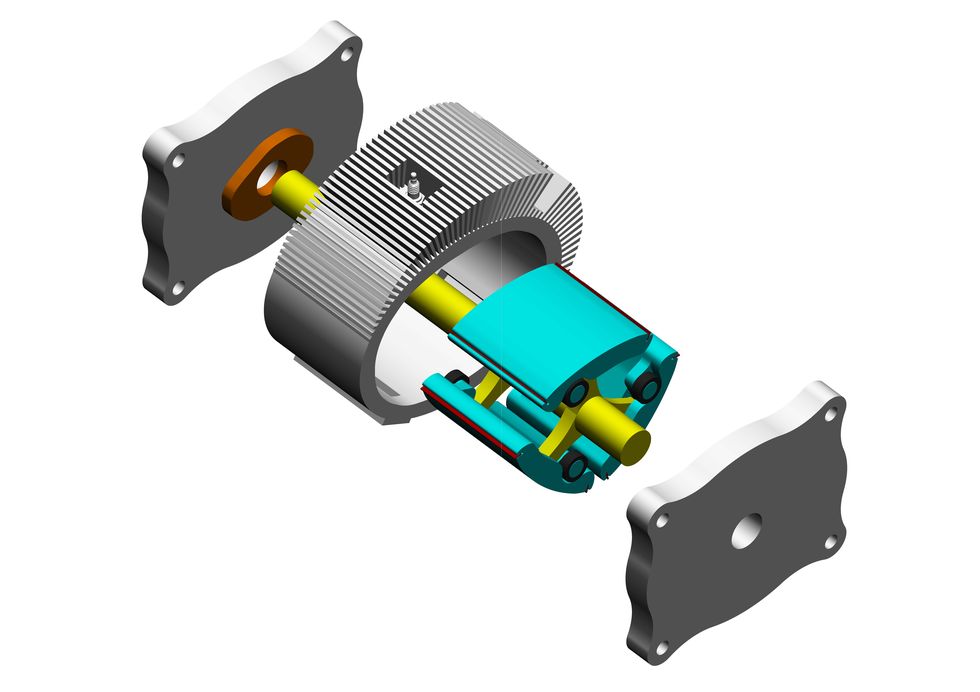I like the rotary engine by Liquid Piston. It is a new take on the rotary engine.
How can anyone see that a company that has been around flogging this to investors for 20 years now, is nothing but a scam?
They have acheived a 50cc engine they put into a gokart, and the thing barely moves, it can't have more than 5 hp from what I can see.
The engine suffers worse than the Mazda Rotary for two very basic reasons, compression buildup is too slow, and too much surface area for the combustion. So what happens is the charge firstly loses it's heat while compressing, and then loses it's heat when it's expanding (burning). Then there's the problem of shading, too much area that the fuel doesn't get burnt, the reason Mazda rotarys need 2 spark plugs in each chamber
New notice from LQ => (Link)
Our latest engine, the XTS-210, is getting primed for market!
The XTS-210 engine is a 25-horsepower, two-stroke, supercharged, and liquid-cooled 210cc engine based on our X-Engine™ technology platform
So this LQ engine, what the heck can a vehicle with a 210cc/25hp LQ motor get? I need to see it in a motorcycle or micro car before we would know for sure.
2 stroke, motobike 250cc engines were getting close to 50 hp 30 years ago, and now over 50hp with EFi. BTW, the 250cc 4 strokes are over 45hp now, and not much heavier.
Evinrude 2 stroke outboard boat engines are so clean, they top the list of California Rivers EPA rankings, the stricktest in the USA, and changed the oprressive Californian 2 stroke laws that had them blanket banned.
So I don't know what the extra complications of supercharging is about to get half the HP ... looks good for "investors" I guess ..



